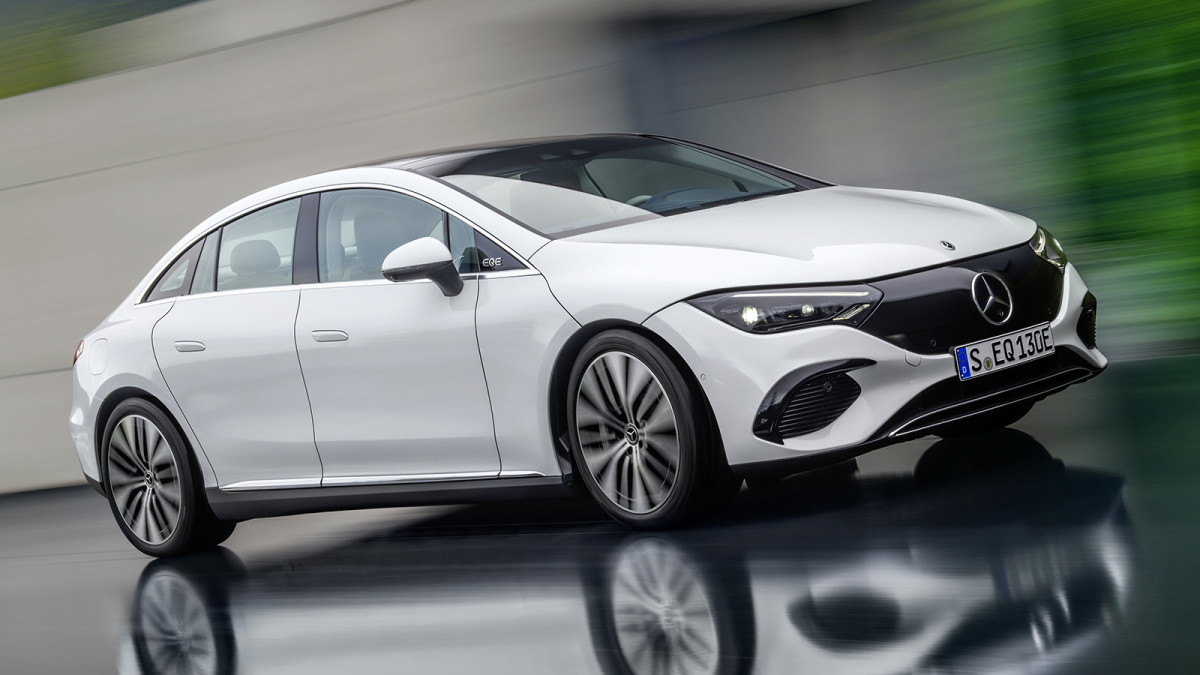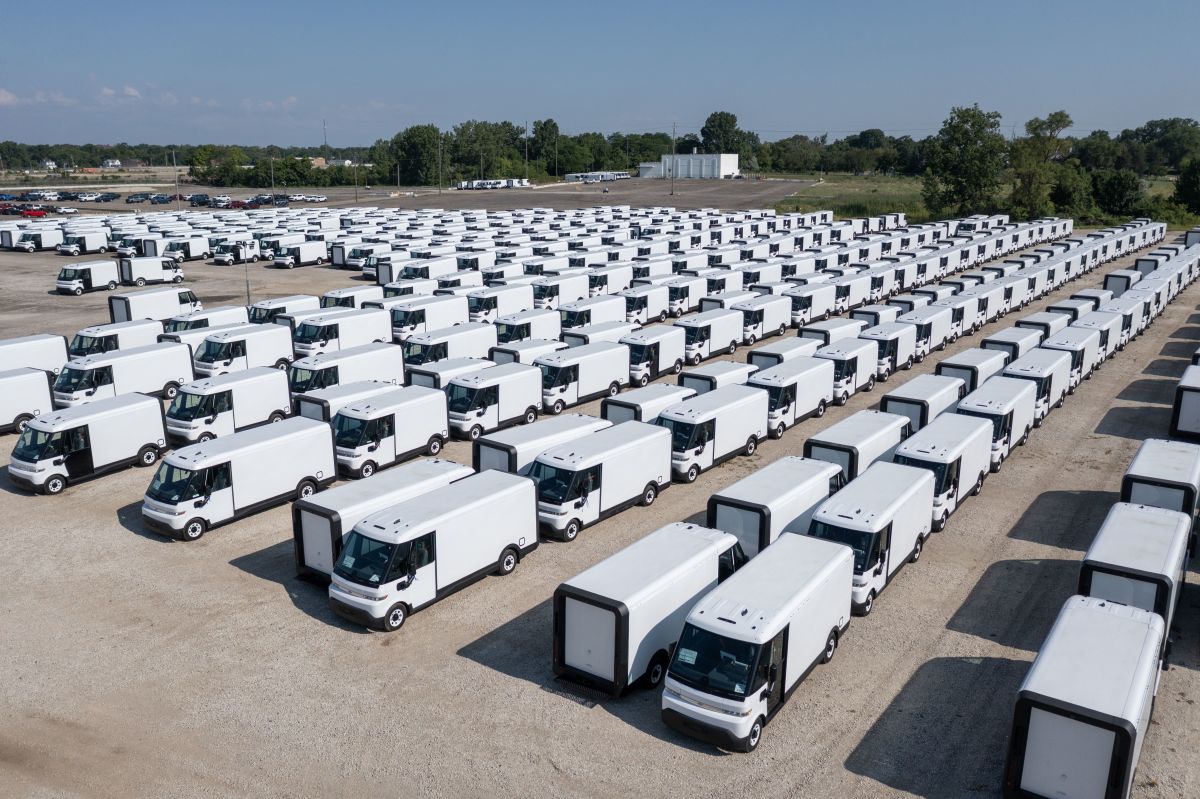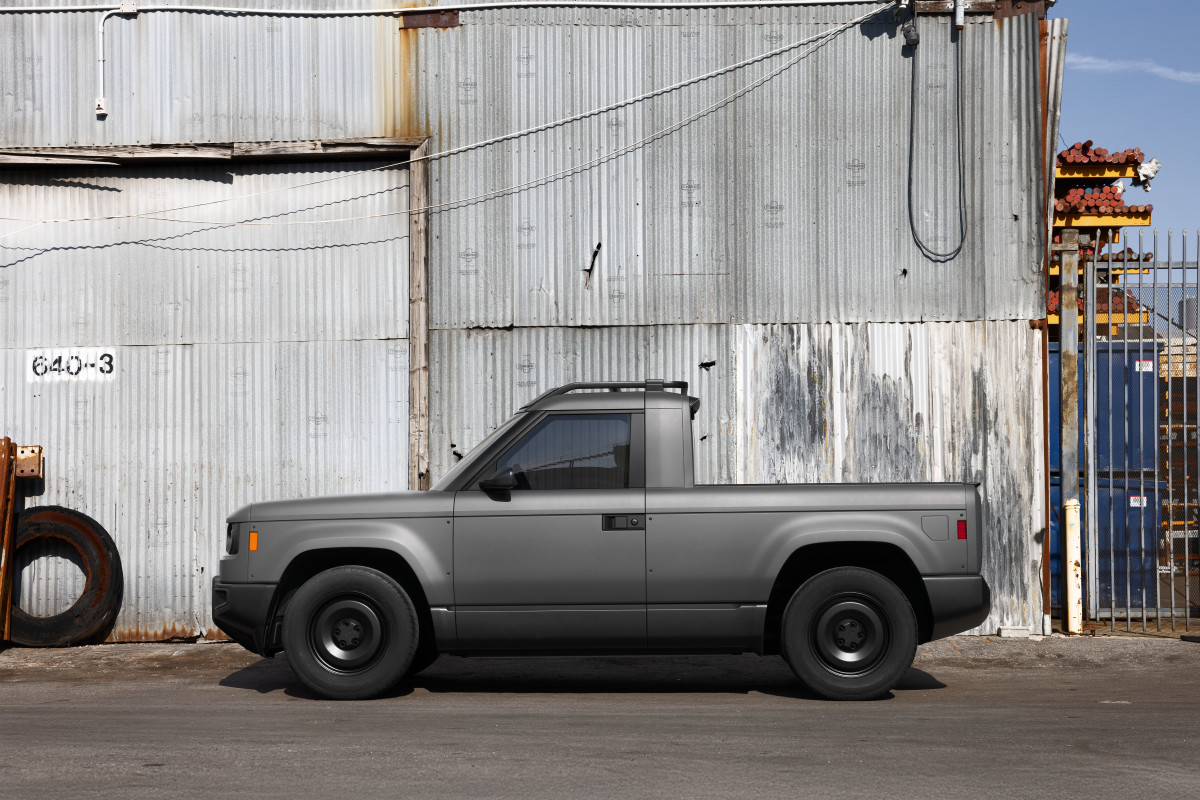Automakers recalibrate their plans as EV demand faces headwinds
The F-150 Lightning was supposed to be the crown jewel of Ford’s electric push, a rugged, best-selling pickup reimagined for a battery-powered future. Instead, it’s become a symbol of the harsh reality facing America’s EV ambitions. Sales have stalled, losses are mounting, and insiders say executives are seriously considering pulling the plug, according to a Wall Street Journal report. Ford has poured billions into electrification since 2023, but an estimated $13 billion in losses, fading federal incentives, and cooler-than-expected consumer demand have made the road ahead uncertain.
Automakers recalibrate their plans as EV demand faces headwinds
The F-150 Lightning was supposed to be the crown jewel of Ford’s electric push, a rugged, best-selling pickup reimagined for a battery-powered future. Instead, it’s become a symbol of the harsh reality facing America’s EV ambitions. Sales have stalled, losses are mounting, and insiders say executives are seriously considering pulling the plug, according to a Wall Street Journal report. Ford has poured billions into electrification since 2023, but an estimated $13 billion in losses, fading federal incentives, and cooler-than-expected consumer demand have made the road ahead uncertain.

Getty Images
Ford isn’t alone
Across the industry, the early excitement over electric trucks and vans is colliding with reality. General Motors quietly ended its Chevrolet BrightDrop vans, blaming weak fleet adoption despite a new Extended Range battery. Stellantis scrapped the all-electric Ram 1500, replacing it with the hybrid Ram 1500 REV, pairing battery power with a gasoline generator to match what buyers actually want. Dodge is slimming the Charger Daytona to a single 670-hp Scat Pack, citing tariff concerns.

Ram
Nissan is halting U.S. sales of its 2026 Ariya electric crossover, citing a confluence of market challenges, including higher import tariffs, the phase-out of federal EV tax credits, and waning consumer demand. The automaker says it will reassess the program over the coming year and could bring the Ariya back for 2027 if economic and policy conditions stabilize. Kia is putting the launch of the EV4 on “temporary” hold in the U.S. Not to be left out is Acura, which has discontinued its first all-electric model, the ZDX, after just a single model year, while Genesis has ceased selling the Electrified G80 in the United States after selling a mere 1,329 units. Even Mercedes-Benz has quietly pulled the plug on new orders for its EQE and EQS sedans and SUVs in the U.S., and as showrooms are seeing fewer buyers for the electric luxury models, insiders say the automaker could stop building the EQE and EQS as soon as 2026.

Mercedes-Benz
EV startups are hurting as well
Even Tesla is feeling the squeeze. Cybertruck deliveries plunged 63% in the third quarter, and the program head departed amid growing uncertainty. Year-to-date sales now total about 16,000 vehicles, down 38%, a far cry from the 200,000 units Tesla CEO Elon Musk once predicted. Rivian, which briefly saw a third-quarter spike thanks to expiring federal tax credits, now projects a 30% drop in fourth-quarter deliveries and is cutting 15,000 jobs. Behind the numbers, the story is about people and plans colliding with reality. Automakers that poured years into developing these vehicles are seeing markets shrink, while buyers hesitate without the lure of government incentives. For fleet operators, EVs remain a work in progress rather than a ready solution.

Jim West/UCG/Universal Images Group via Getty Images
New EVs still slated for 2026
Despite the turbulence in the EV market, automakers aren’t giving up on the segment; they’re simply recalibrating. Kia is pressing ahead with its compact EV3, set to hit U.S. showrooms in late 2026. Sony Honda Mobility’s first model, built in Ohio, is moving through pre-production trials ahead of a mid-2026 debut, targeting a price just under $90,000. Rivian’s R2 crossover will arrive around the same time, starting near $45,000, while Lucid readies a midsize SUV at about $50,000. Tesla is cutting deeper into the market with a Model Y RWD Standard offering 321 miles of range for under $40,000. Hyundai has trimmed the Ioniq 5’s sticker to $35,000, a $7,500 cut, and Chevrolet is bringing back the Bolt early in 2026 at under $30,000 with 255 miles of range. The price leader, however, may be Michigan startup Slate Auto, whose minimalist two-door pickup is expected to start around $27,000 when it ships later next year.

Slate Auto
Final thoughts
The industry’s electric ambitions are far from dead, but the boom has hit a wall as EV adoption slows and automakers grapple with high costs, waning subsidies, and shifting consumer priorities. For EV manufacturers, the coming year will be a critical test of whether any existing or new model growth can be sustained in an increasingly uncertain market.